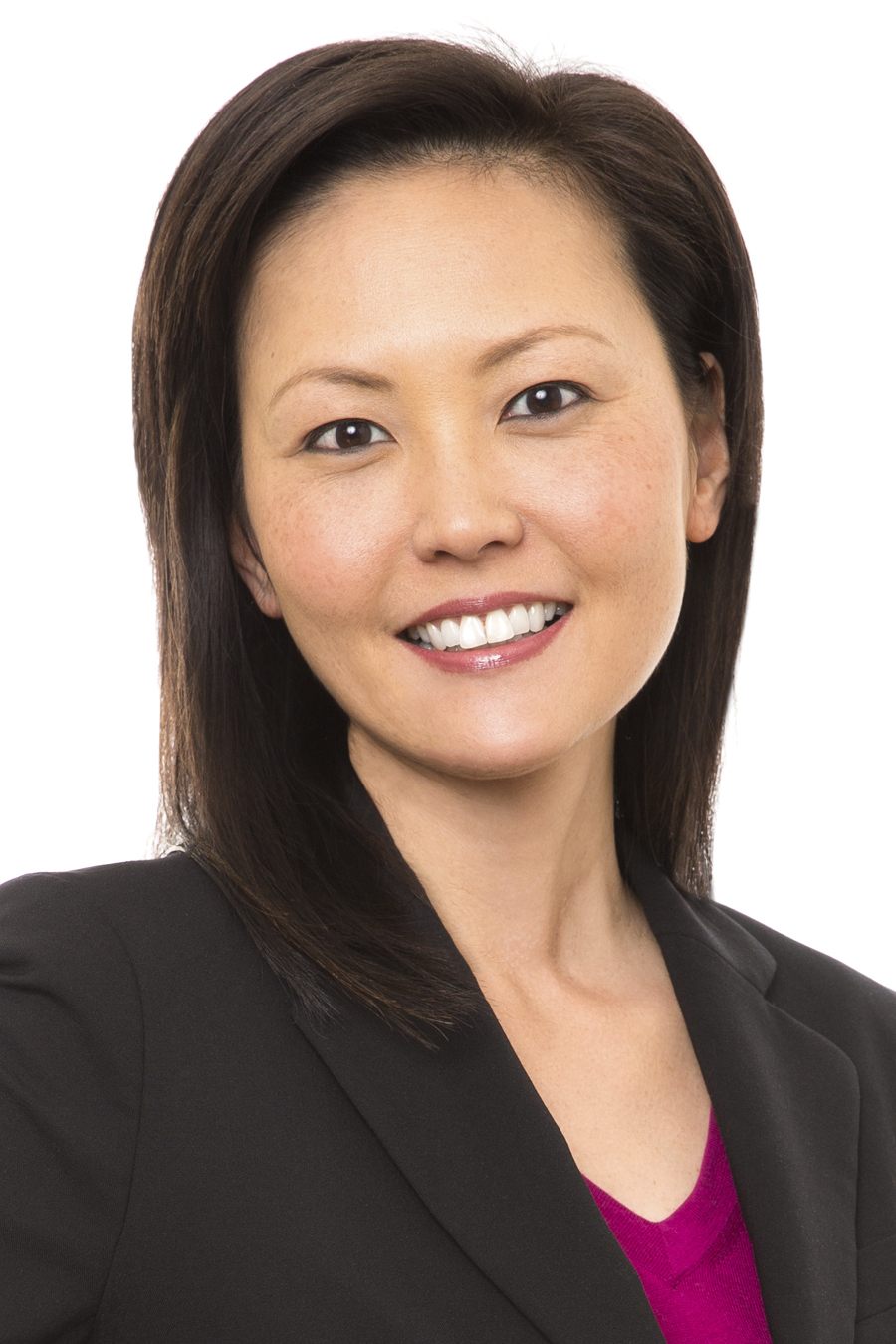“All in all, we should be encouraged by the USPTO’s trend towards stricter adherence to its rules.”
 While all eyes are on China and how it plans to tackle bad faith infringers, the United States Patent and Trademark Office (USPTO) also is cleaning house, implementing stricter rules for acquiring and maintaining trademark registrations.
While all eyes are on China and how it plans to tackle bad faith infringers, the United States Patent and Trademark Office (USPTO) also is cleaning house, implementing stricter rules for acquiring and maintaining trademark registrations.
Unlike other countries, the U.S. is a “first to use” country, not “first to register.” This means, generally speaking and with some exceptions, you acquire ownership by being the first to use a trademark, not the first to register. You acquire these automatic common law rights through use, not registration. Why register then? Aside from being able to use that nifty registration symbol and obtain additional remedies in an infringement suit, you also expand your trademark rights nationally. Suddenly, with a registration in hand, your common law rights in, say, California and Nevada expand presumptively (and over time conclusively) to all 50 states. This is why registrations are so valuable, and this is why the USPTO’s initiatives to remove fraudulently obtained and dead marks have such a significant impact on brand conscious clients.
Over the last two years, the USPTO has launched several pilot programs and initiatives.
Post Registration Audit
The first is a post-registration audit pilot program, in which the USPTO is now randomly auditing trademark registrations. To maintain a trademark registration, you must periodically file declarations stating that you are still using your trademark and provide supportive evidence, i.e., specimens. Here’s the twist. Say, you register your fabulous slogan for hats, shirts, shoes, and socks. If you aren’t audited, all you need to do is provide a photo of one of the items to keep the registration, not all of the items. If you are audited, however, you must submit specimens for at least two additional items, not just the one. This is to ensure that you are still using your trademark as you say you are and rightfully enjoying the benefits of your registration.
The USPTO has now expanded this pilot program, increasing its efforts and resources, but also expanding the scope of its audit. If you’re audited and you either fail to provide sufficient evidence or delete the audited items, well, then you’re in for a treat because the USPTO will now require you to provide specimens of use for all remaining items listed. Yes, all remaining items—not just the shirts, but the hats, shoes and socks as well. Deleting the audited items doesn’t get you a free pass, and neither does filing a new declaration in hopes that your registration doesn’t get selected again. Sorry to say (actually, I’m not sorry at all), you will still be issued an office action requiring you to show additional use. The audit attaches to the registration, not the declaration.
While this causes more work for the audited registrants, it also declutters the registry. Marks that should be registered, are, and will not be blocked by marks no longer in use.
Expedited Cancellation Program
Another tool now being used to clean house is the expedited cancellation pilot program. While the Trademark Trial and Appeal Board (TTAB) has established Accelerated Case Resolution (ACR) procedures to simplify and speed up proceedings, the TTAB is now actively selecting newly filed cancellation proceedings to participate in the ACR program—those proceedings filed based solely on abandonment or nonuse claims. If your proceeding is selected, once an answer is filed, the Interlocutory Attorney and one of the Administrative Trademark Judges will join in the mandatory discovery conference. During the discovery conference, you will be asked to discuss potential stipulations of fact, evidentiary stipulations, ways to limit discovery, streamlined summary judgement briefing schedule, and the other possible ways to abbreviate the proceeding. While the TTAB cannot unilaterally foist any ACR measures upon you, clearly, there is pressure or at least a clear message to abide. And, if agreed, the payoff is significant. Not only do the parties save time and money but, in most cases, the TTAB will issue final decisions in ACR cases within 50 days once they are ready for decision.
Even if your proceeding isn’t selected to participate in the pilot program, you can still opt in, but all parties must consent, and it’s in the TTAB’s discretion to grant the request. In other words, it’s not mandatory yet, but that may not last long, given the current trend we are seeing with the USPTO.
U.S. Counsel Requirement for Foreign Pro Se Applicants
Lastly, on February 15, 2019, the USPTO posted a proposed rule change on the Federal Register.
If enacted, foreign applicants will no longer be able to file U.S. applications pro se. More specifically, a foreign applicant, whose domicile or principal place of business is outside of the United States., must be represented by a U.S. licensed attorney to file and prosecute its U.S. application. Even foreign corporations with U.S. subsidiaries must have a U.S. licensed attorney representing them.
The reason behind the potential policy change is again to ensure that what is being filed with the USPTO is accurate, particularly, when it comes to specimens of use. Over the years, some have argued that, whether due to a language barrier or simply the lack of familiarity of local rules, a significant number of foreign applicants are filing flawed and perhaps even fraudulent documents with the USPTO, which then of course negatively impacts again the integrity and accuracy of the USPTO registry. To curb this, the USPTO is proposing that all foreign applicants be represented by a U.S. licensed attorney. While the reasoning behind the proposed rule change is a bit flawed, (a domestic pro se applicant can be just as susceptible to filing flawed documents as foreign), the proposed rule change makes a lot of sense. Applications, statements of use and declarations of continued use all are complicated documents. While on their face, they may not appear so, delving more deeply they can be. What is “use” of a trademark to support registration, what is “use in commerce”? Tricky questions that even seasoned trademark attorneys can disagree on.
All in all, we should be encouraged by the USPTO’s trend towards stricter adherence to its rules.
While these pilot programs and proposed rule changes may cause more work for practitioners and trademark owners, they help to remove dead and fraudulent marks from the registry and allow rightful marks to progress.
Image Source: Deposit Photos
Photo by NiroDesign
ID: 159982574

![[IPWatchdog Logo]](https://ipwatchdog.com/wp-content/themes/IPWatchdog%20-%202023/assets/images/temp/logo-small@2x.png)


![[Advertisement]](https://ipwatchdog.com/wp-content/uploads/2024/04/Patent-Litigation-Masters-2024-sidebar-early-bird-ends-Apr-21-last-chance-700x500-1.jpg)

![[Advertisement]](https://ipwatchdog.com/wp-content/uploads/2021/12/WEBINAR-336-x-280-px.png)
![[Advertisement]](https://ipwatchdog.com/wp-content/uploads/2021/12/2021-Patent-Practice-on-Demand-recorded-Feb-2021-336-x-280.jpg)
![[Advertisement]](https://ipwatchdog.com/wp-content/uploads/2021/12/Ad-4-The-Invent-Patent-System™.png)







Join the Discussion
No comments yet.